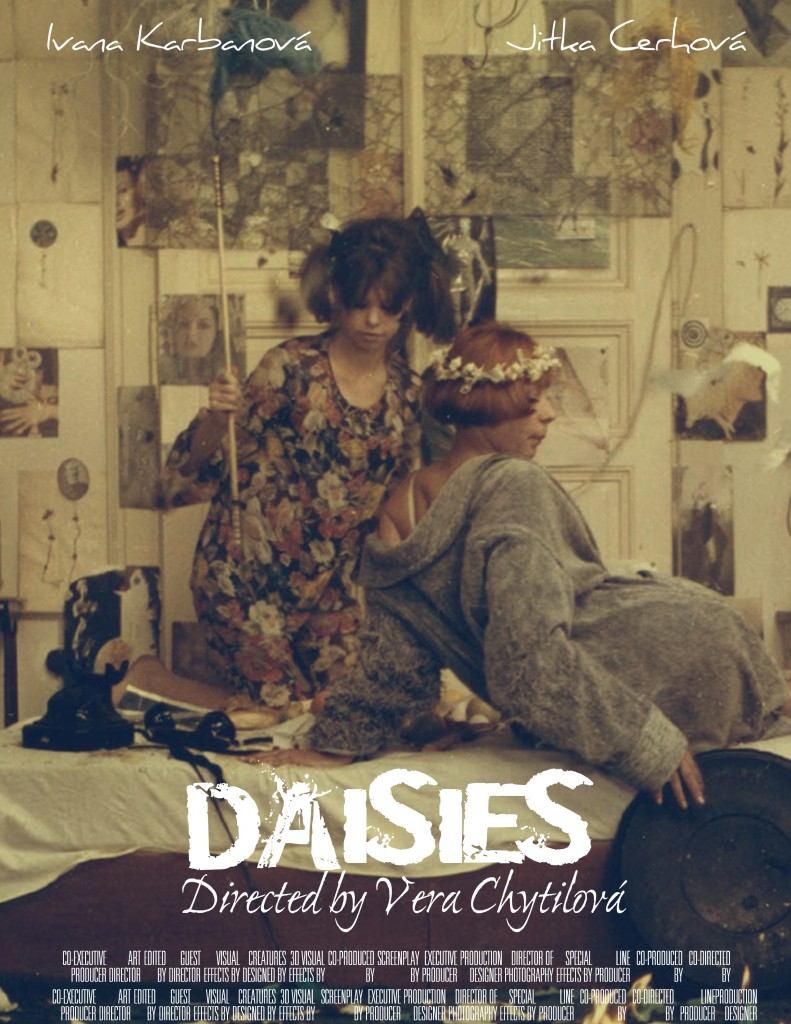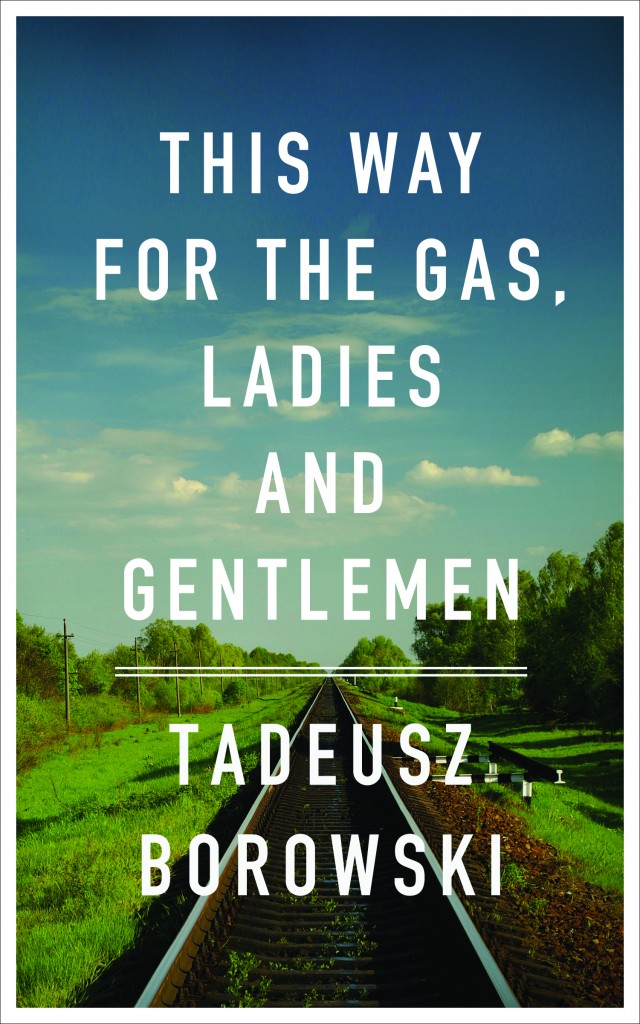design contest 8: music for films, brian eno
June 29th, 2012
Brian Eno
“As an intellectually mobile loner, scene-setter, systems lover, obstinate rebel, techno-prophet, sensual philosopher, courteous progressive, close listener, gentle heretic, sound planner, adviser explorer, pedant and slick conceptual salesman, and devoted fan of the new, undrab and surprising, wherever it fell between John Cage and Little Richard, or Duchamp and doo wop, or Mondrian and Moog, Eno busily and bossily remodeled pop music during the 70s. He looked at what the Velvet Underground, Can, Steve Reich and the Who had done, went forth and multiplied. Eno created an atmosphere, and helped determine what the history of electronic music was between the avant garde 1950s and the pop 21st century.” – Paul Morley
If it’s not clear from the laundry list in the quote above, the absurdly-prolific ‘non-musician’ Brian Eno has done enough over the past forty years to variously impress, interest, annoy or alienate just about everyone. There are, of course, his early art school inflected Kraut-, glam, and prog-rock beginnings and his later work with ‘ambient’ and ‘generative’ music; his long list of now-legendary collaborative efforts and producing credits (among a certain subset of rock cognoscenti Eno is the eternal brilliance behind – and everything good about – Roxy Music, David Bowie, and Talking Heads); and, finally, his disparate extracurricular activities: Oblique Strategies, Obscure Records, 77 Million Paintings, The Long Now, A Year With Swollen Appendices not to mention his ubiquity as an interviewee and lecturer on art, music, science and technology. Eradicate most of the last 25 years, and step back into the mid-70s, and the man and his oeuvre become at least somewhat manageable (no best-selling Irish rock bands, no Windows 95 start-up sound, no Spore). This was arguably Eno’s most fertile period: in just those few years he generated (or helped generate) such a startlingly wide range of music with a ridiculous number of brilliant collaborators (in particular Robert Fripp who, in my opinion, was an indispensable component of Eno’s sound and process during their long and fruitful association) on so many different records that it would surprise no one if one or two albums should fall through the cracks. From that era Music for Films, in particular,seems to be perennially overlooked.
Music for Films
“This album is a compilation of fragments of my recorded work over the last two or three years. Some of it was made specifically for use as soundtrack material, some of it was made for other reasons but found its way into films; most of it is previously unissued in any form.” -from the back cover of Music for Films
“It is not Eno’s fault – although it’s not been to his disadvantage either – that the ‘soundtrack to an imaginary film’ concept is now so commonplace that it no longer stands up as a concept, it’s just a thing, a clump of words, no more meaningful than ‘rock’ or ‘punk’. – Frances Morgan
“The real films in [Music for] Films are the ones on the backs of your eyelids or behind your forehead, much as they must have been when Eno was first creating them.” – Serdar Yegulalp
“This and much else of Eno’s music has its own psychological landscape in our shared consciousness. By design it is not the bumper-ridden library music typical of a broadcasting industry interested in moving participants by cuing advertisements. Music in film can foment empathy which can be difficult to restrain when you know the music a director has chosen, a sense of sharing a secret in total silence as you stare at the screen steeping in your own past. Where might Eno’s music prove effective as just such a means, of passively compelling trust, honesty and assent? Who would tend to trust the message of a film with an Eno soundtrack? Clever bastards like us.” – Tim McGowan
1978 saw the ‘official’ release of Brian Eno’s Music for Films, a collection of 18 short and musically disparate instrumental tracks, a handful of which had previously surfaced on a 1976 promotional LP of the same name (which consisted of 25 musical interludes, including some unreleased and others that appeared elsewhere, notably 1975’s Another Green World). Not officially part of Eno’s Ambient Series nor, in fact, strictly ‘music for films’ they range in tone and mood from impressionistic sketches of an ‘ambient’ nature to darker, quirkier and, in some cases, louder pieces that could just a easily be at home on Before and After Science or Another Green World or might be found on one of the Dieter Moebius/Hans-Joachim Roedelius collaborations (or even the slightly later My Life in the Bush of Ghosts with David Byrne). Perhaps never considered to be among Eno’s very best work of any period or genre (overshadowed at one end by the more conceptually ambitious Ambient 1: Music for Airports with its four long glacially-paced looping tracks, and at the other by the controlled mania and kitchen sink maximal-ism of his earlier ‘rock’ albums), nevertheless, Music for Films remains a consistently interesting and quietly surprising album.
The Cover
Brian Eno’s album covers have always tended toward the interesting, (one or two I find exceptional, notably Music for Airports), and he was fortunate to count work by the brilliant artists Tom Phillips and Russell Mills among them. On some level, however, the covers have always seemed more intent on establishing Eno’s artistic, intellectual, and theoretical bona fides (and, especially with the earlier albums, his overall weirdness) than anything else. The cover for Music for Films, however, is radically different. Not so much designed as intentionally left blank, the chocolate brown Helvetica text is pushed to the extreme upper edges of the texture-less and indescribably beige cover (the same text layout was used to good effect for the Cluster collaborations After the Heat and Begegnungen). This apotheosis of neutrality avoided the plain brown wrapper look in favor of what in retrospect seems closer to the generic packaging popular in grocery stores in the late ‘70s (or perhaps a reference color from Interiors, Woody Allen’s beige-est Bergman-esque film, also from 1978). Importantly, the cover is not ‘conceptual’ in the way that Richard Hamilton’s design for The Beatles’ ‘White Album” is, nor has it the cool rigor and studied minimalism of any number of ECM or Factory Records covers that – brilliant as they are (and they are brilliant) – somehow appear positively baroque in comparison. Rather, music and cover co-exist nicely as a unit, the latter providing no commentary on the former (or anything else for that matter), simply existing as a visual analogue to the wordless music. It’s a nice conceit.
The Contest
So in spite of the fact that Music for Films perhaps already has the perfect cover, and because we prefer difficult projects and are very fond of the album and believe it deserves new listeners (and re-listeners), we are sponsoring a competition for a new LP cover. You can find all of the rules and gobbledygook here (read them, please), but keep in mind that the deadline for submissions is 1 September 2012 and that there will be a $500 US prize for the entry that jurors like best as well as some special Eno-related prizes to be announced. All of the tracks can easily be found on any number of video-sharing and music-streaming sites ( Note: There were two different track orders. The later EG version with the revised sequence is now the standard so, unless you have a 1978 Polydor or Antilles LP, this is the sequence you will most likely hear.). If you have any questions you may e-mail us at: admin {at} venusfebriculosa {dot} com
The Jury
Were honored to have as jurors:
Geeta Dayal, staff writer specializing in culture reporting at wired.com; electronic music journalist; columnist at Frieze Magazine; contributor to The New Grove Dictionary of Music; author of Another Green World; commentator, Brian Eno, 1971–1977: The Man who Fell to Earth.
Frith Kerr, director of the graphic design consultancy Studio Frith based in London, frequent collaborator with artists and architects, including Juergen Teller, Michael Clark, Tate Modern, Valentino, Victoria and Albert Museum; member of Alliance Graphique Internationale.
Brad Laner, founder of the beautiful/noisy/guitar-y/drone-y band Medicine (of particular note is their 1992 debut Shot Forth Self Living) and the experimental electronic project Electric Company; musical genius in and behind many other bands; contributor to Brian Eno’s Another Day on Earth.
Russell Mills, artist; illustrator and co-creator of More Dark than Shark; book and album cover designer (most famously Nine Inch Nails’ The Downward Spiral as well as the Eno collaborations Apollo: Atmospheres and Soundtracks and The Pearl); sound installation artist; recording artist (Pearl + Umbra).
Rick Poynor, writer/essayist focusing on design and the visual arts; cultural critic; design historian; founder of Eye magazine; co-founder of Design Observer; contributing editor of Print magazine; author, with collaborators Brian Eno and Russell Mills, of More Dark than Shark.
Alice Twemlow is a British-born writer and educator based in New York. She is chair and co-founder of the Design Criticism MFA program at the School of Visual Arts in New York City and also a PhD candidate in Design History at the Royal College of Art in London. Alice is a contributor to Design Observer and writes about design for publications including Eye and Architect’s Newspaper. She is the author of What is Graphic Design For? (Rotovision) and of numerous essays.
UPDATE: We hope to have the results of the contest posted by Monday, October 8. We apologize for the delay!


























